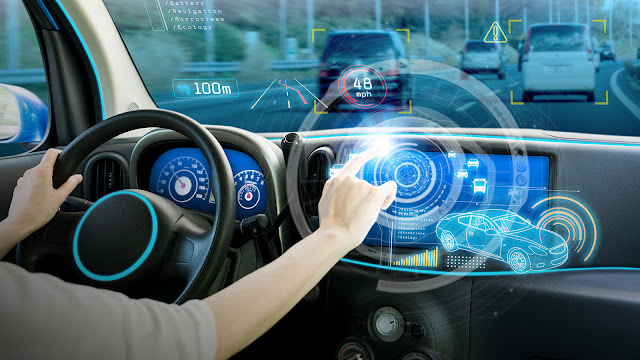The Automotive Internet of Things Is A System of Devices, Which Exchange Data through A Certain Connection
The automotive internet of things collects data from a vehicle's sensors to track various systems. It then analyzes this data to identify potential malfunctions and sends alerts to the driver. This technology helps to increase the life of a vehicle and reduce breakdowns. It also allows automotive manufacturers to improve production, engineering, and functionality. By collecting this data, automakers can modify or remove parts and features as they are needed.
According
to Coherent Market Insights the Automotive
Internet of Things Market Global Forecast to 2025.
The
automotive internet of things system architecture includes a sensing layer,
network connectivity layer, and a service layer. The data collected by
connected vehicles are stored in a central cloud and can be analyzed to provide
valuable information. In addition, it can be shared with other cars in the
area. The real-time data collected by automotive internet of things-based
vehicles can be used to make safer roads and reduce the risk of traffic accidents.
A vehicle data logging system can even detect speeding incidents.
Autonomous
vehicles are an essential part of the automotive internet of things ecosystem.
Autonomous vehicles can be used to prevent accidents and help drivers avoid bad
driving. Many vehicles already use automotive advanced driver assistance
systems such as collision warning and adaptive cruise control. These systems
prevent collisions by analyzing speed, steering velocity, and position. A
connected car can make a driver more aware of their surroundings, which is
vital for safety. In addition, automated vehicles are also useful for
commercial and commuters.
In regions such as Japan, the increasing prevalence of cars has increased the usage of the automotive internet of things. For instance, according to Japan Automobile Manufacturers Association, in 2021, there were around 82.08 million motor vehicles in Japan. Autonomous vehicles are becoming more intelligent and software-centric, a key aspect of the automotive internet of things. Vehicles can receive updates through over-the-air software upgrades. Automotive internet of things can also help automakers track and analyze vehicle performance. These updates can include software upgrades, safety improvements, bug fixes, and map and traffic updates.




Comments
Post a Comment